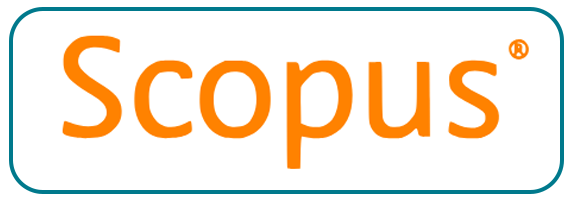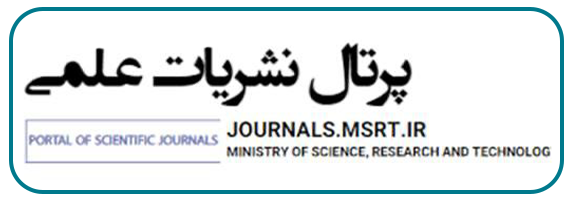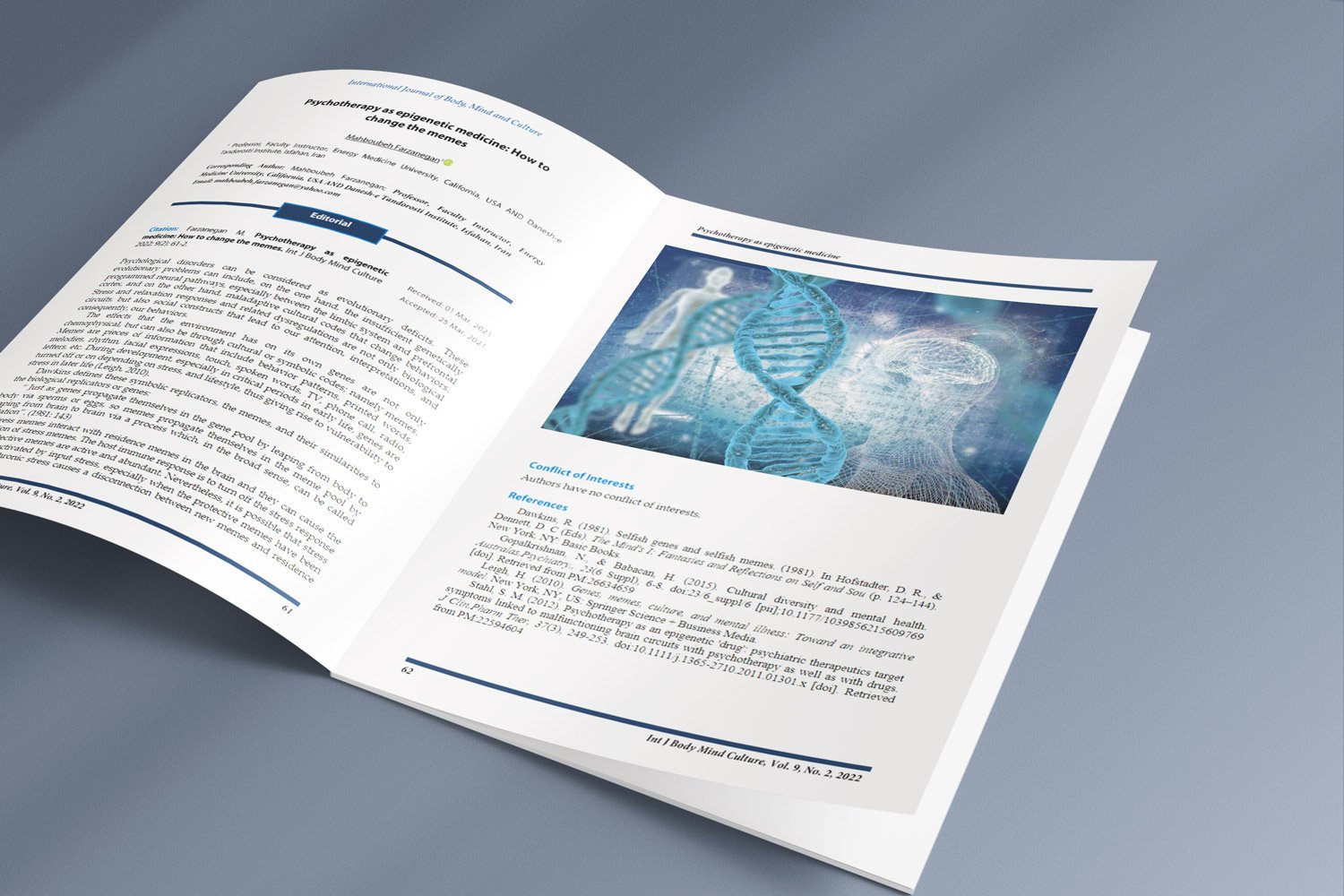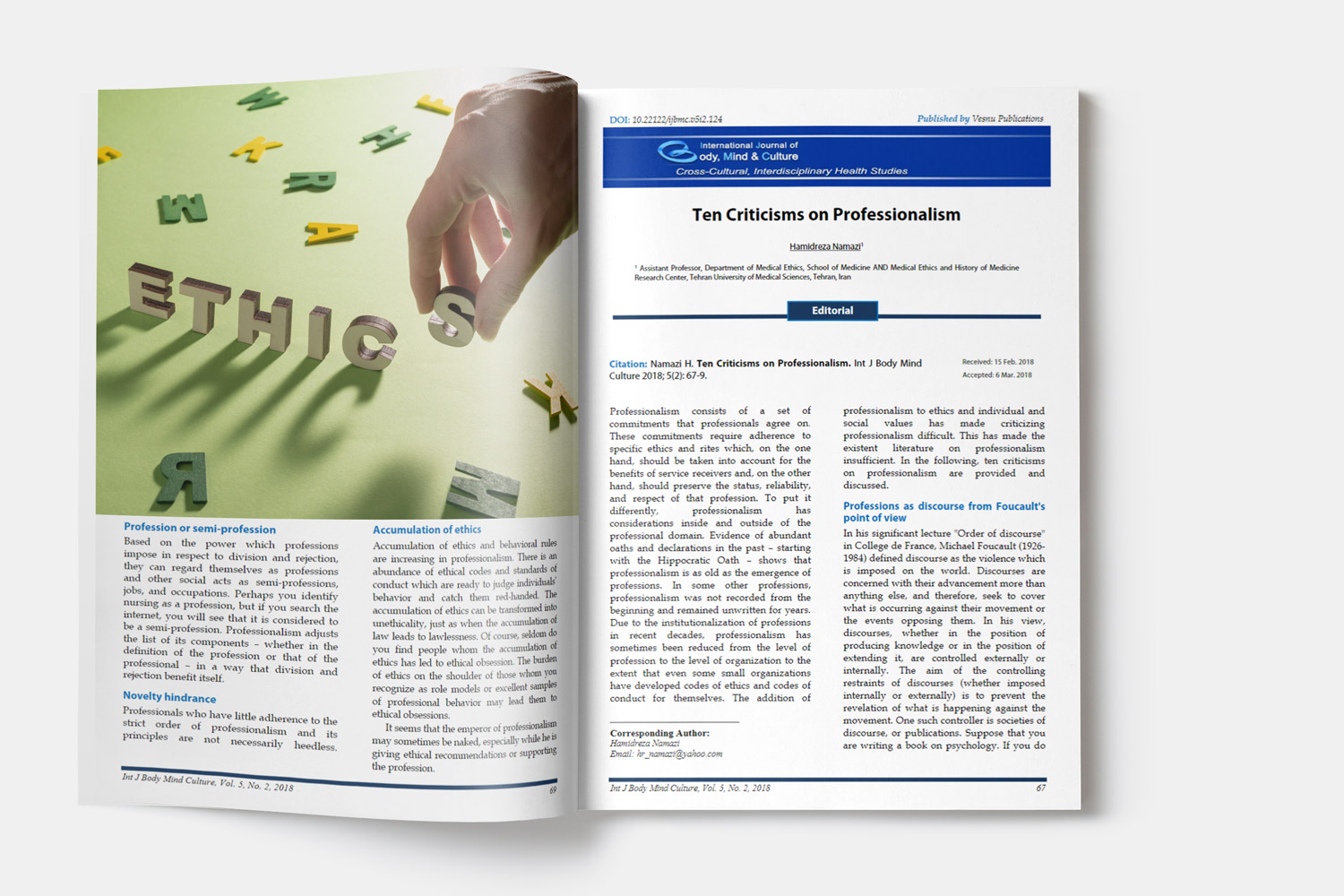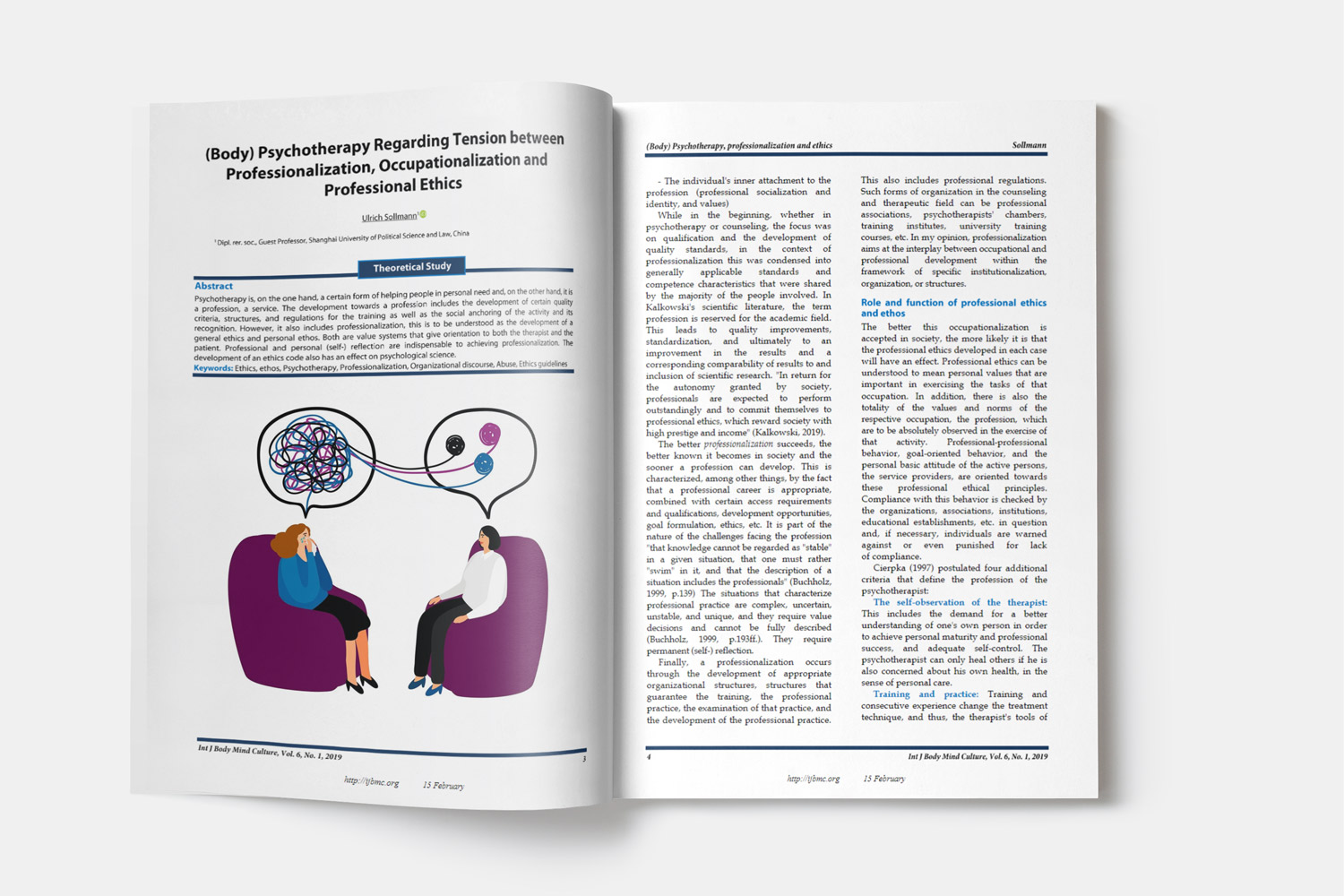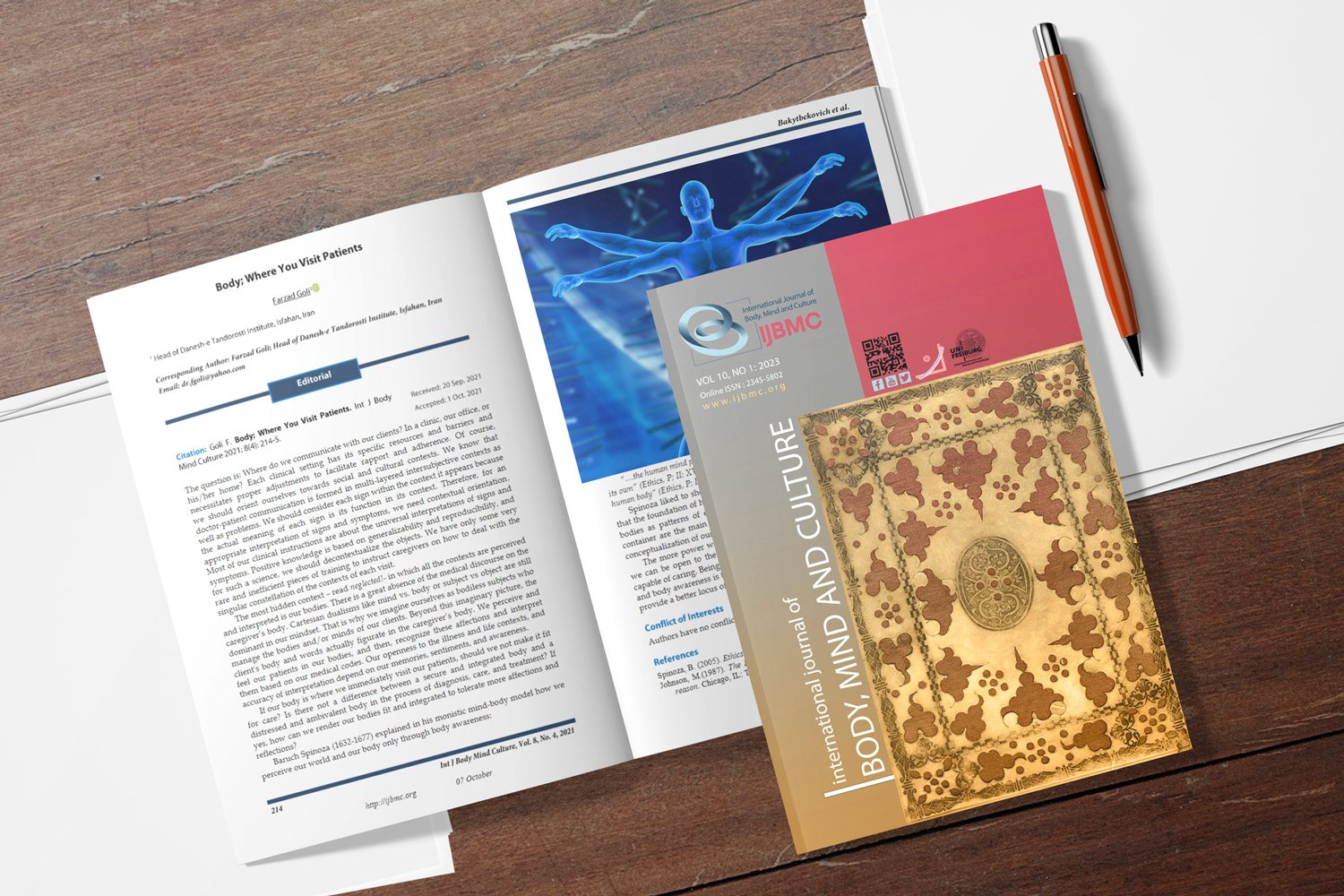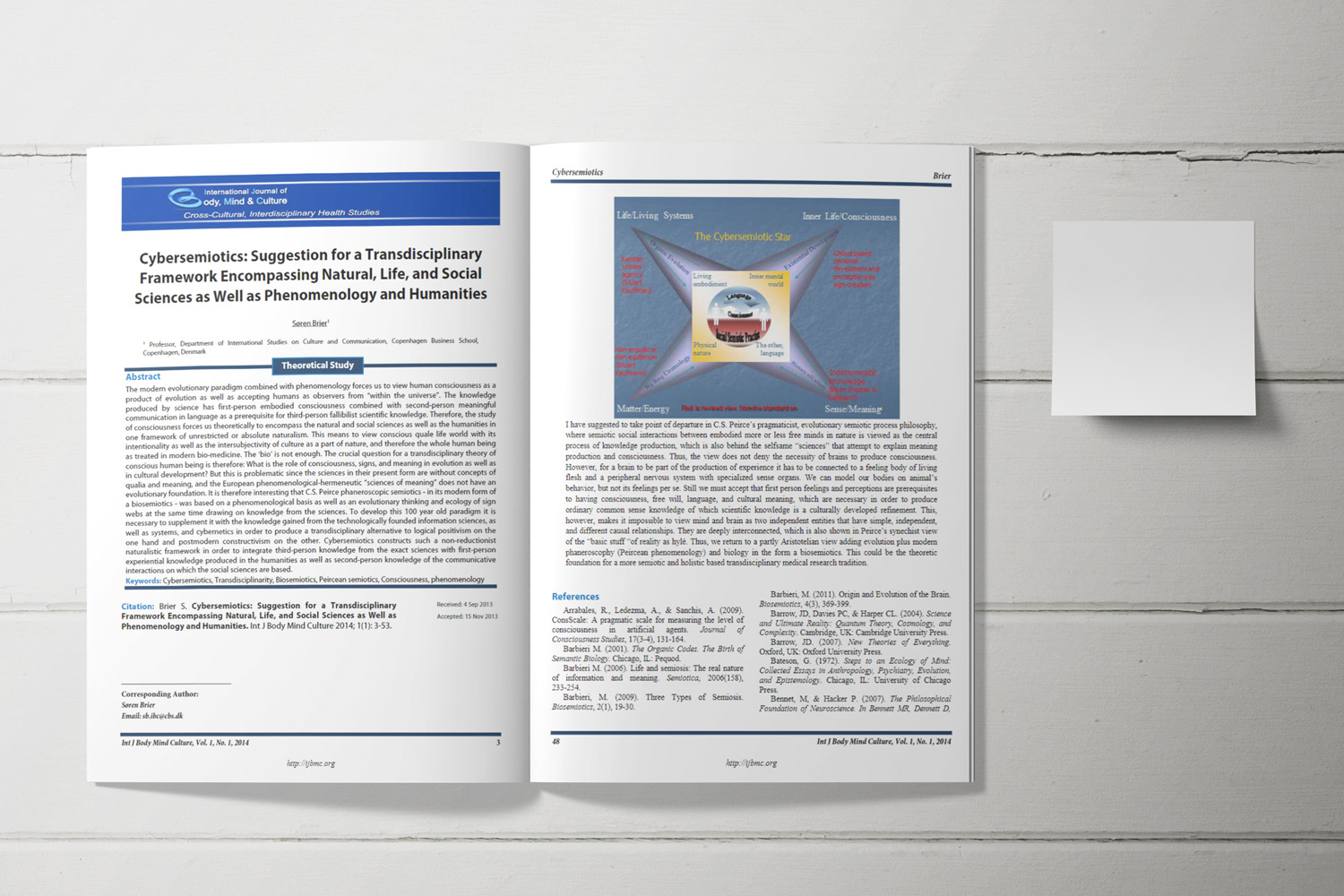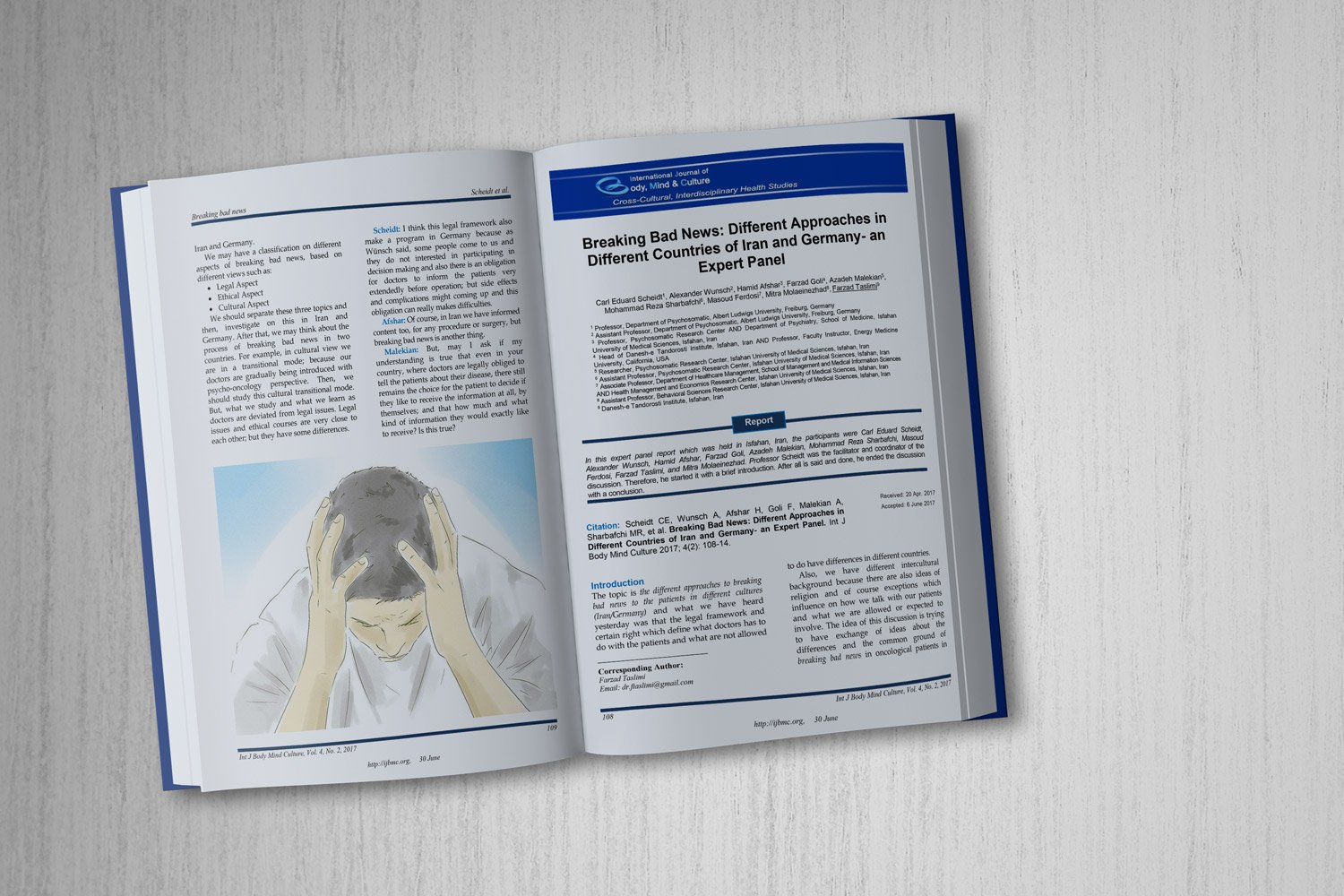The Mediating Role of Anxious Thoughts in the Relationship Between Emotional Dysregulation, Cognitive Functions, and Psychological Vulnerability in MS Patients
Downloads
Objective: Psychological vulnerability is a common concern among individuals with Multiple Sclerosis (MS), often exacerbated by emotional dysregulation and cognitive impairments. This study aimed to evaluate a structural model examining the role of anxious thoughts as a mediator between emotional dysregulation and cognitive functions in predicting psychological vulnerability in MS patients.
Methods and Materials: This descriptive-correlational study utilized Structural Equation Modeling (SEM) on a sample of 312 MS patients from the Tehran MS Society. Participants completed the Symptom Checklist (SCL-25), Toronto Alexithymia Scale (TAS-20), Cognitive Abilities Questionnaire, and Anxious Thoughts Inventory. Data were analyzed using SPSS-26 and AMOS-24. Bootstrapping was employed to test indirect effects.
Findings: Model fit indices indicated good model adequacy (CFI = 0.921, RMSEA = 0.076). Emotional dysregulation (β = 0.311, p < 0.001) and cognitive dysfunction (β = 0.260, p < 0.001) significantly predicted psychological vulnerability. Anxious thoughts had a direct effect on vulnerability (β = 0.463, p < 0.001) and significantly mediated the impact of both emotional dysregulation and cognitive impairment. The model explained 39.2% of the variance in psychological vulnerability.
Conclusion: The findings suggest that anxious thoughts are a key mechanism through which emotional and cognitive factors influence psychological vulnerability in MS patients. Psychological interventions that target emotional regulation and reduce anxious thinking may be effective in improving mental health outcomes in this population.
Downloads
Alnajashi, H., & Jabbad, R. (2020). Behavioral practices of patients with multiple sclerosis during Covid-19 pandemic. PLoS One, 15(10), e0241103.
Arnett, P. A., Higginson, C. I., & Randolph, J. J. (2001). Depression in multiple sclerosis: relationship to planning ability. Journal of the International Neuropsychological Society, 7(6), 665-674.
Bagby, R. M., Parker, J. D., & Taylor, G. J. (1994). The twenty-item Toronto Alexithymia Scale—I. Item selection and cross-validation of the factor structure. Journal of psychosomatic research, 38(1), 23-32.
Besharat, M. A. (2007). Reliability and factorial validity of a Farsi version of the 20-item Toronto Alexithymia Scale with a sample of Iranian students. Psychological reports, 101(1), 209-220.
Besharat, M. A., & Khajavi, Z. (2013). The relationship between attachment styles and alexithymia: Mediating role of defense mechanisms. Asian Journal of Psychiatry, 6(6), 571-576.
Besharat, M. A., Rostami, R., Pourhossein, R., & Mirzamani, M. (2006). Assessing reliability and validity of Farsi version of the Toronto Alexithymia Scale-20 in a sample of opioid substance use disordered patients.
Blunch, N. (2012). Introduction to structural equation modeling using IBM SPSS statistics and AMOS. Sage.
Briken, S., Gold, S. M., Patra, S., Vettorazzi, E., Harbs, D., Tallner, A., ... & Heesen, C. (2014). Effects of exercise on fitness and cognition in progressive MS: a randomized, controlled pilot trial. Multiple Sclerosis Journal, 20(3), 382-390.
Cohen, J. (1992). Statistical power analysis. Current directions in psychological science, 1(3), 98-101.
De Berardis, D., Vellante, F., Fornaro, M., Anastasia, A., Olivieri, L., Rapini, G., ... & Di Giannantonio, M. (2020). Alexithymia, suicide ideation, affective temperaments and homocysteine levels in drug naïve patients with post-traumatic stress disorder: an exploratory study in the everyday ‘real world’clinical practice. International journal of psychiatry in clinical practice, 24(1), 83-87.
Ertekin, E., Koyuncu, A., Aslantaş Ertekin, B., & Özyıldırım, İ. (2015). Alexithymia in social anxiety disorder: is there a specific relationship or is it a feature of comorbid major depression?.
Genova, H. M., Lengenfelder, J., Chiaravalloti, N. D., Moore, N. B., & DeLuca, J. (2012). Processing speed versus working memory: contributions to an information-processing task in multiple sclerosis. Applied Neuropsychology: Adult, 19(2), 132-140.
Giles D. (2002). Advanced research methods in psychology. New York: Routledge
Giordano, A., Granella, F., Lugaresi, A., Martinelli, V., Trojano, M., Confalonieri, P., ... & SIMS-Trial Group. (2011). Anxiety and depression in multiple sclerosis patients around diagnosis. Journal of the neurological sciences, 307(1-2), 86-91.
Hanna, M., & Strober, L. B. (2020). Anxiety and depression in multiple sclerosis (MS): antecedents, consequences, and differential impact on well-being and quality of life. Multiple sclerosis and related disorders, 44, 102261.
Hansen, S., Muenssinger, J., Kronhofmann, S., Lautenbacher, S., Oschmann, P., & Keune, P. M. (2017). Cognitive screening in multiple sclerosis: the five-point test as a substitute for the PASAT in measuring executive function. The Clinical Neuropsychologist, 31(1), 179-192.
Hemming, L., Haddock, G., Shaw, J., & Pratt, D. (2019). Alexithymia and its associations with depression, suicidality, and aggression: an overview of the literature. Frontiers in psychiatry, 10, 203.
Honkalampi, K., Jokela, M., Lehto, S. M., Kivimäki, M., & Virtanen, M. (2022). Association between alexithymia and substance use: A systematic review and meta‐analysis. Scandinavian Journal of Psychology, 63(5), 427-438.
Jopson, N. M., & Moss-Morris, R. (2003). The role of illness severity and illness representations in adjusting to multiple sclerosis. Journal of psychosomatic research, 54(6), 503-511.
Kline, R. (2023). Data preparation and psychometrics review. Principles and practice of structural equation modeling (4th ed., pp. 64-96). New York, NY: Guilford.
Kline, R. B. (2016). Principles and practice of structural equation modeling. Guilford publications.
Lenzo, V., Barberis, N., Cannavò, M., Filastro, A., Verrastro, V., & Quattropani, M. C. (2020). The relationship between alexithymia, defense mechanisms, eating disorders, anxiety and depression. Rivista di psichiatria, 55(1), 24-30.
Marchesi, C., Ossola, P., Scagnelli, F., Mellini, L., Tonna, M., Ardissino, D., & De Panfilis, C. (2015). The role of alexithymia in predicting incident depression in patients at first acute coronary syndrome. Comprehensive psychiatry, 62, 86-92.
Mattioli, F., Stampatori, C., Scarpazza, C., Parrinello, G., & Capra, R. (2012). Persistence of the effects of attention and executive functions intensive rehabilitation in relapsing remitting multiple sclerosis. Multiple sclerosis and related disorders, 1(4), 168-173.
Minden, S. L., Ding, L., Cleary, P. D., Frankel, D., Glanz, B. I., Healy, B. C., & Rintell, D. J. (2013). Improving the quality of mental health care in multiple sclerosis. Journal of the neurological sciences, 335(1-2), 42-47.
O’Malley, P. (2023). Alexithymia in Children/Adolescents and Psychosomatic Families. In Handbook of Mind/Body Integration in Child and Adolescent Development (pp. 157-166). Cham: Springer International Publishing.
Patel, V. P., Walker, L. A., & Feinstein, A. (2018). Revisiting cognitive reserve and cognition in multiple sclerosis: A closer look at depression. Multiple Sclerosis Journal, 24(2), 186-195.
Pimple, P., Lima, B. B., Hammadah, M., Wilmot, K., Ramadan, R., Levantsevych, O., ... & Vaccarino, V. (2019). Psychological distress and subsequent cardiovascular events in individuals with coronary artery disease. Journal of the American Heart Association, 8(9), e011866.
Putica, A., Van Dam, N. T., Steward, T., Agathos, J., Felmingham, K., & O'Donnell, M. (2021). Alexithymia in post-traumatic stress disorder is not just emotion numbing: Systematic review of neural evidence and clinical implications. Journal of Affective Disorders, 278, 519-527.
Rapee, R. M., & Heimberg, R. G. (1997). A cognitive-behavioral model of anxiety in social phobia. Behaviour research and therapy, 35(8), 741-756.
Sago, D., Babic, G., Bajic, Z., & Filipcic, I. (2020). Panic disorder as unthinkable emotions: alexithymia in panic disorder, a croatian cross-sectional study. Frontiers in Psychiatry, 11, 466.
Silva, B. A., Leal, M. C., Farías, M. I., Erhardt, B., Galeano, P., Pitossi, F. J., & Ferrari, C. C. (2020). Environmental enrichment improves cognitive symptoms and pathological features in a focal model of cortical damage of multiple sclerosis. Brain research, 1727, 146520.
Simpson, R., Booth, J., Lawrence, M., Byrne, S., Mair, F., & Mercer, S. (2014). Mindfulness based interventions in multiple sclerosis-a systematic review. BMC neurology, 14(1), 1-9.
Stein, D. J., Phillips, K. A., Bolton, D., Fulford, K. W. M., Sadler, J. Z., & Kendler, K. S. (2010). What is a mental/psychiatric disorder? From DSM-IV to DSM-V. Psychological medicine, 40(11), 1759-1765.
Talaat, F., Ramadan, I., Aly, S., & Hamdy, E. (2020). Are multiple sclerosis patients and their caregivers more anxious and more committed to following the basic preventive measures during the COVID-19 pandemic?. Multiple sclerosis and related disorders, 46, 102580.
Tavakol, M., & Dennick, R. (2011). Making sense of Cronbach's alpha. International journal of medical education, 2, 53.
Taylor, G. J., Bagby, R. M., & Porcelli, P. (2023). Revisiting the concept of Pensée Opératoire: some conceptual, empirical, and clinical considerations. Psychodynamic Psychiatry, 51(3), 287-310.
Wells, A. (1994). A multi-dimensional measure of worry: Development and preliminary validation of the Anxious Thoughts Inventory. Anxiety, Stress and Coping, 6(4), 289-299.
Wells, A. (2010). Metacognitive theory and therapy for worry and generalized anxiety disorder: review and status. Journal of Experimental Psychopathology, 1(1), jep-007910.
Wilski, M., Brola, W., & Tomczak, M. (2019). Health locus of control and mental health in patients with multiple sclerosis: Mediating effect of coping strategies. Research in Nursing & Health, 42(4), 296-305.
Wood, B., Van Der Mei, I. A. F., Ponsonby, A. L., Pittas, F., Quinn, S., Dwyer, T., ... & Taylor, B. V. (2013). Prevalence and concurrence of anxiety, depression and fatigue over time in multiple sclerosis. Multiple Sclerosis Journal, 19(2), 217-224.
Copyright (c) 2025 International Journal of Body, Mind and Culture

This work is licensed under a Creative Commons Attribution-NonCommercial 4.0 International License.

